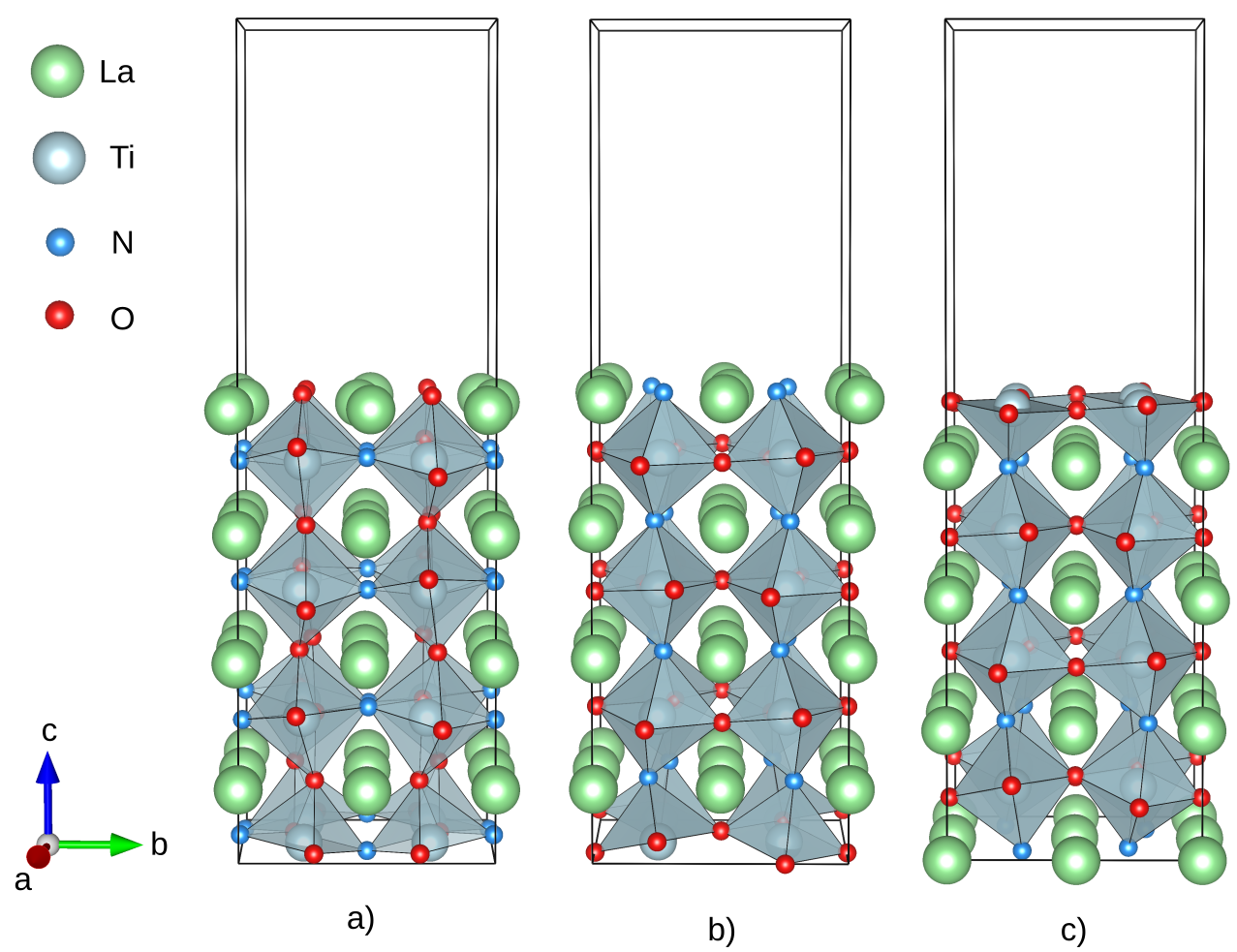Surface structure and reactivity of perovskite oxynitride materials
Owing to their reduced band gap compared to pure oxides, perovskite oxynitrides are a promising class of materials for photocatalytic water-splitting electrodes. While the bulk structure of these materials has been investigated both experimentally and theoretically, our knowledge about their surface structure is still very limited, despite that fact that it will dictate potential reaction mechanisms.
Based on our density functional theory (DFT) results we determine the anion arrangement in the bulk and at the surface to be different, as it is driven by bonding and electrostatic considerations respectively. From our calculations we can extract the preferred surface orientations and their terminations and will discuss them both in terms of the chosen synthesis route and as a function of their environment. We will then compare the photo-electrochemical performance of different perovskite oxynitride materials and discuss the potential of strain in thin-film configurations to induce polarity and suppress recombination losses.
Our calculations lead to a deeper understanding of the surface structure and hence the reactivity of this promising class of materials and will be instrumental in optimising them for applications in photocatalytic water splitting.

a) LaO (0.980 J/m2), b) LaN (0.542 J/m2) and c) TiO2 (0.654 J/m2) terminations of the (001) surface for the energetically most preferential bulk anion order.